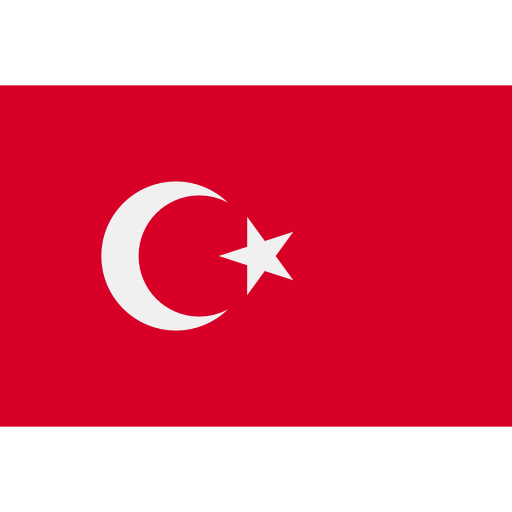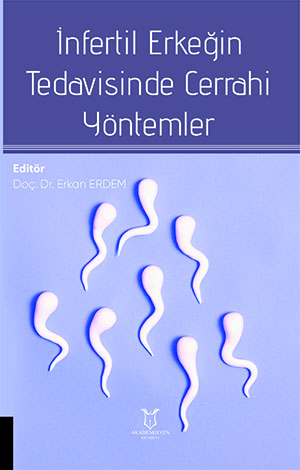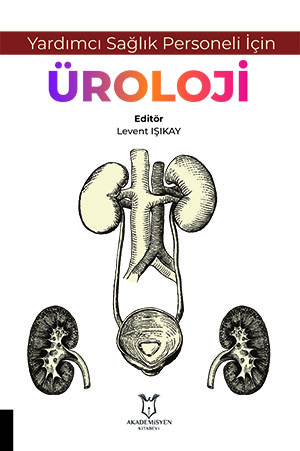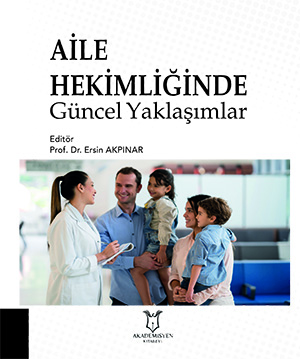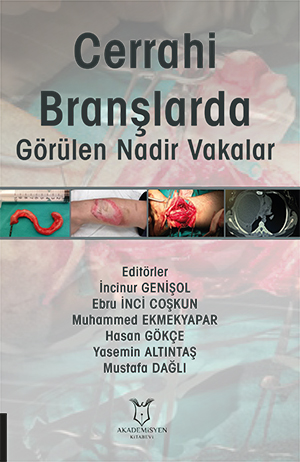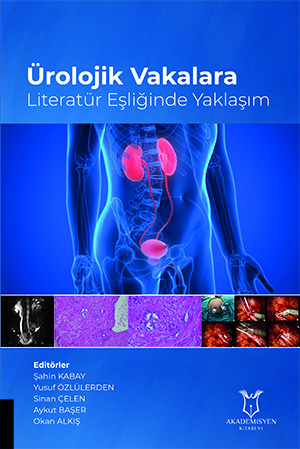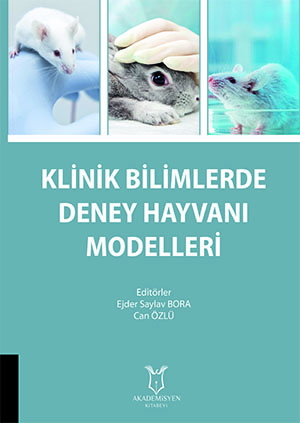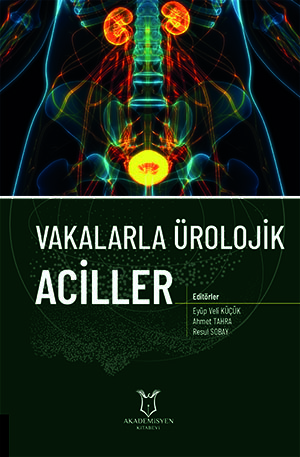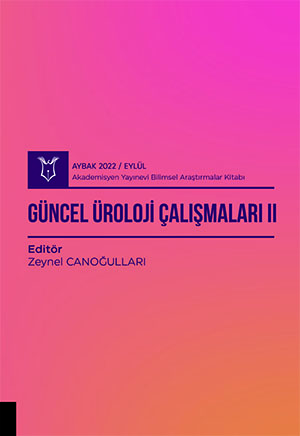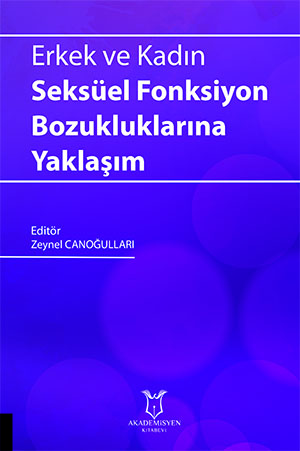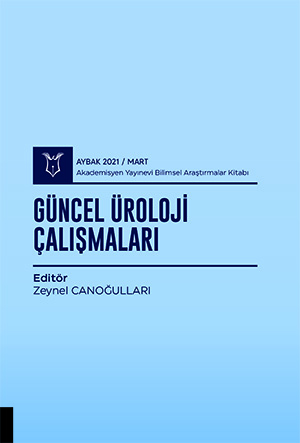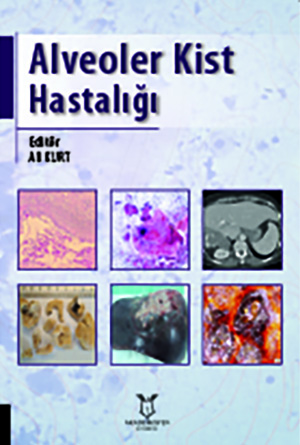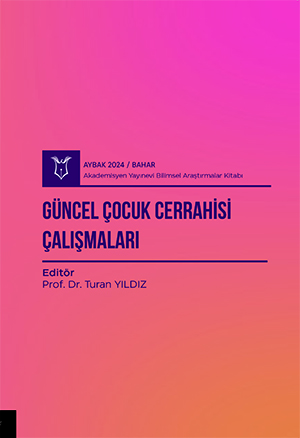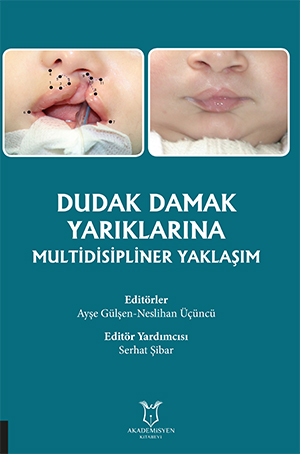Male reproductive organs testes produce germ cells and
androgens. Germ cells are produced within the seminiferous tubules of the testes,
which are composed of seminiferous epithelium and tunica propria. The seminiferous epithelium consists
of two distinct types of cells: spermatogenic (germ) cells at various stages of
development and supportive Sertoli cells. Within the connective tissue between seminiferous
tubules, Leydig (interstitial) cells, which function to secrete the hormones testosterone and
INSL-3, are found in clusters. During the development of testes, primordial germ cells,
which give rise to spermatozoa, derive from the yolk sac, while the Sertoli and Leydig cells
differentiate from somatic support cells and interstitial stromal cells, respectively,
both deriving from the coelomic epithelium. Initially, testes develop on the posterior
abdominal wall, and then they descend
to their final location in the scrotum by a process known as
the descent of the testis involving the transabdominal phase and the inguinoscrotal
phase. All events occurring during the development and descent of testes are controlled
by various factors, including genes, growth factors, and hormones. Abnormalities in these
factors effecting the normal development of the testes may lead to abnormal development
or developmental disorders, which may result in genital disorders, infertility, and
tumors.
Bu kitabın bölümleri bulunmamaktadır.
Atıf Sayısı :


